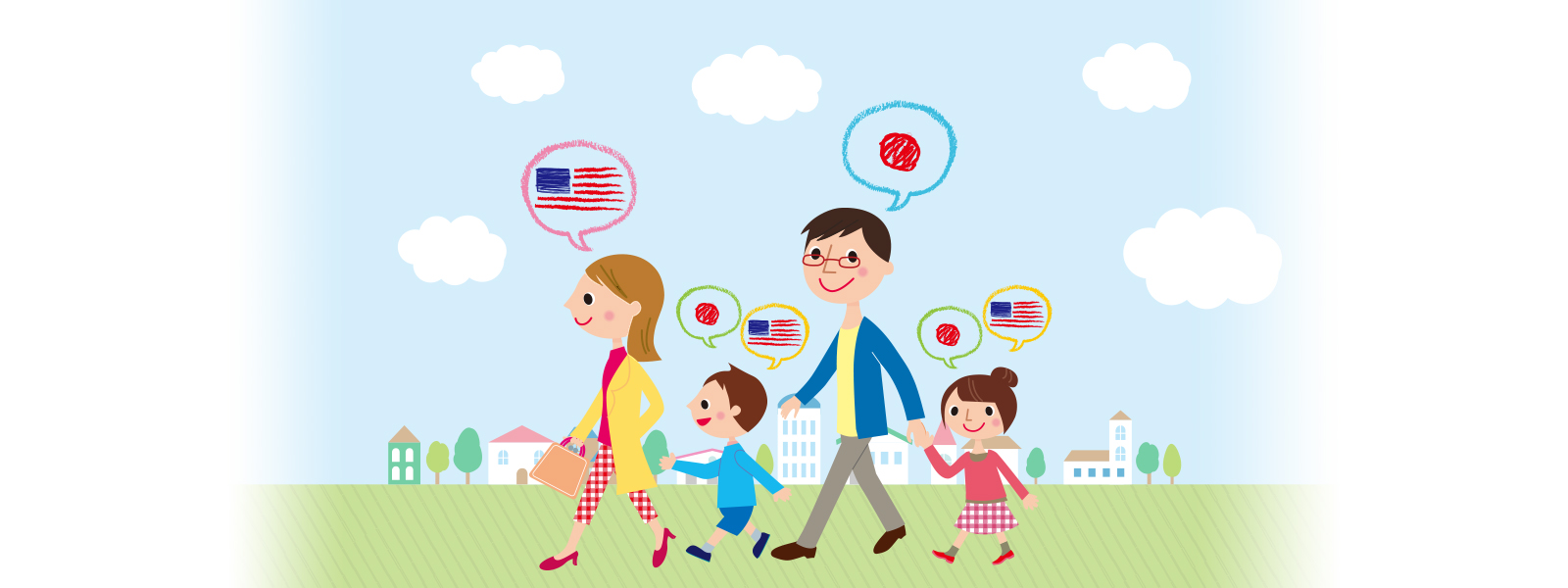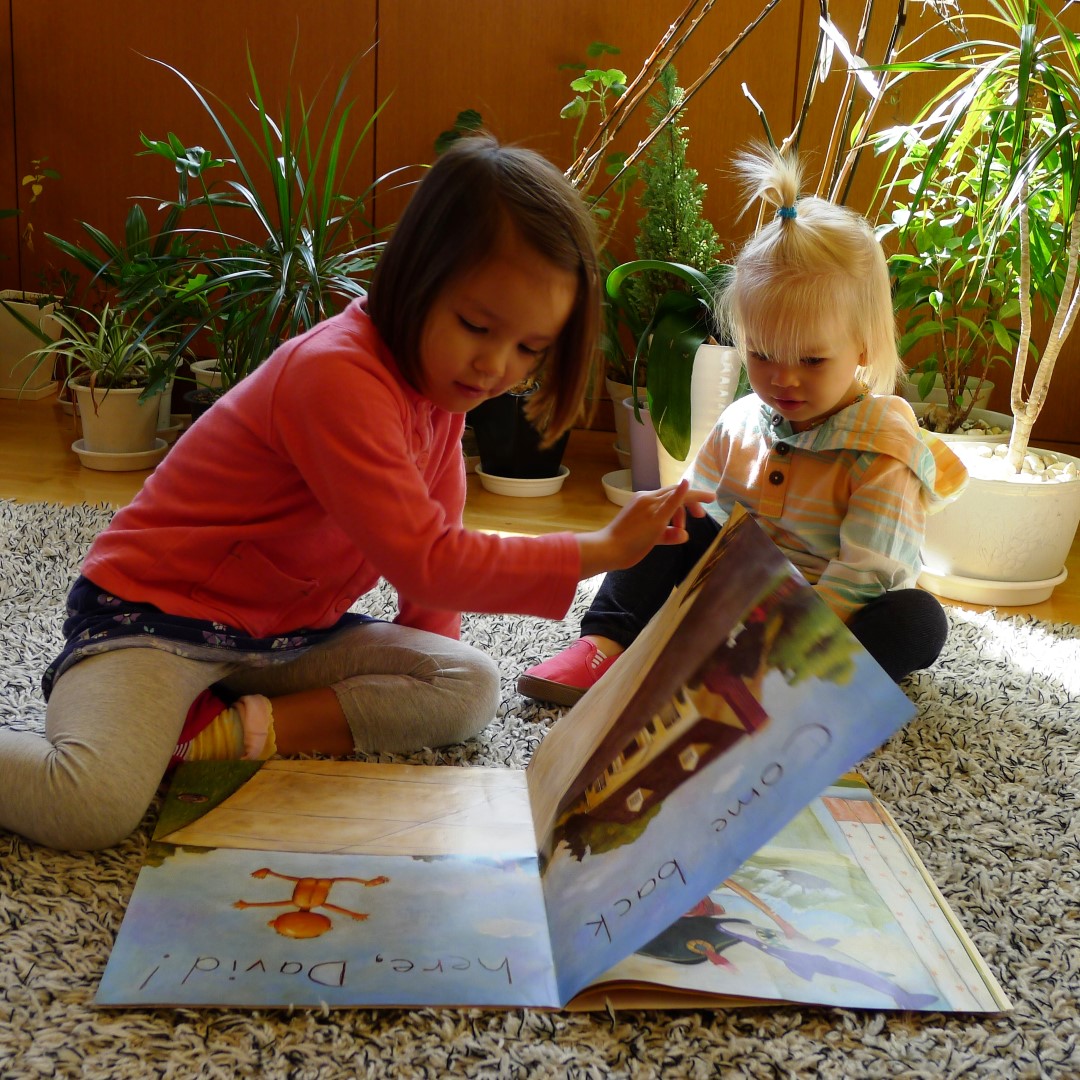 I’m at one of Tokyo’s international preschools, observing the morning session. Two boys around the age of four are playing with toy cars; one is dragging his over a play roadway made of fabric, the other is racing an ambulance across the world’s oceans on a globe, spinning it as he goes. While the boys have different ethnic backgrounds, they’re both using Japanese to chat to one other and to commentate on their play. But when a teacher comes over and asks the boys, in English, if they can remember where on the globe his hometown is, they immediately understand, and respond to him in English. The switch is instant, natural, and the boys don’t have to think about it.
I’m at one of Tokyo’s international preschools, observing the morning session. Two boys around the age of four are playing with toy cars; one is dragging his over a play roadway made of fabric, the other is racing an ambulance across the world’s oceans on a globe, spinning it as he goes. While the boys have different ethnic backgrounds, they’re both using Japanese to chat to one other and to commentate on their play. But when a teacher comes over and asks the boys, in English, if they can remember where on the globe his hometown is, they immediately understand, and respond to him in English. The switch is instant, natural, and the boys don’t have to think about it.
While it’s still early days for these kids, this is the kind of linguistic flexibility that every parent hopes to nurture in their child when raising them in a multicultural environment. While many people expect bilingual ability to be an inevitable benefit of growing up in a foreign country, the fact of the matter is that without appropriate planning and support, many children struggle to attain fluency in a second language.
So what are the main obstacles to bilingualism, and how can we give children the best chance of learning a second language? To learn more, I’ve come to Tokyo Children’s Garden, a Gotanda-based preschool which puts bilingualism at the center of its program.
Importance of bilingual education
The prima facie benefits of being bilingual are obvious to anyone who’s visited a foreign country and encountered communication problems. Being able to navigate another culture without resorting to phrasebooks or fervent gesturing is an enviable skill. Speaking two languages can also open doors when it comes to applying for schools or jobs. Bilingual children set out in life with a number of obvious advantages over their peers, which is enough for many of us to want a bilingual education for our children. But this is only part of the story. A number of studies over the years have shown the benefits of habitually using more than one language to be surprising and wide-ranging.

Becoming bilingual can have a positive effect on the brain’s problem-solving skills.
Bilingual speakers tend to outperform monolinguals in tests of executive function. This is thought to be because bilinguals are unconsciously exercising this control all the time when switching between languages. Being bilingual has also shown to result in greater empathy, as bilingual people understand cultural differences and are able to identify with, and take on, other people’s perspectives.
Improved executive function has other life-long benefits – recent studies have shown that bilingual people’s brains are more resilient against the dementia caused by Alzheimer’s disease.
Hurdles to bilingualism
The idea that a child in a multilingual environment will grow up speaking more than one language is an intuitive one, and in countries where the education system and community supports it, this is often the case. But in countries where the majority language is overwhelmingly used in school, at home and in the media, second language skills often struggle to develop.
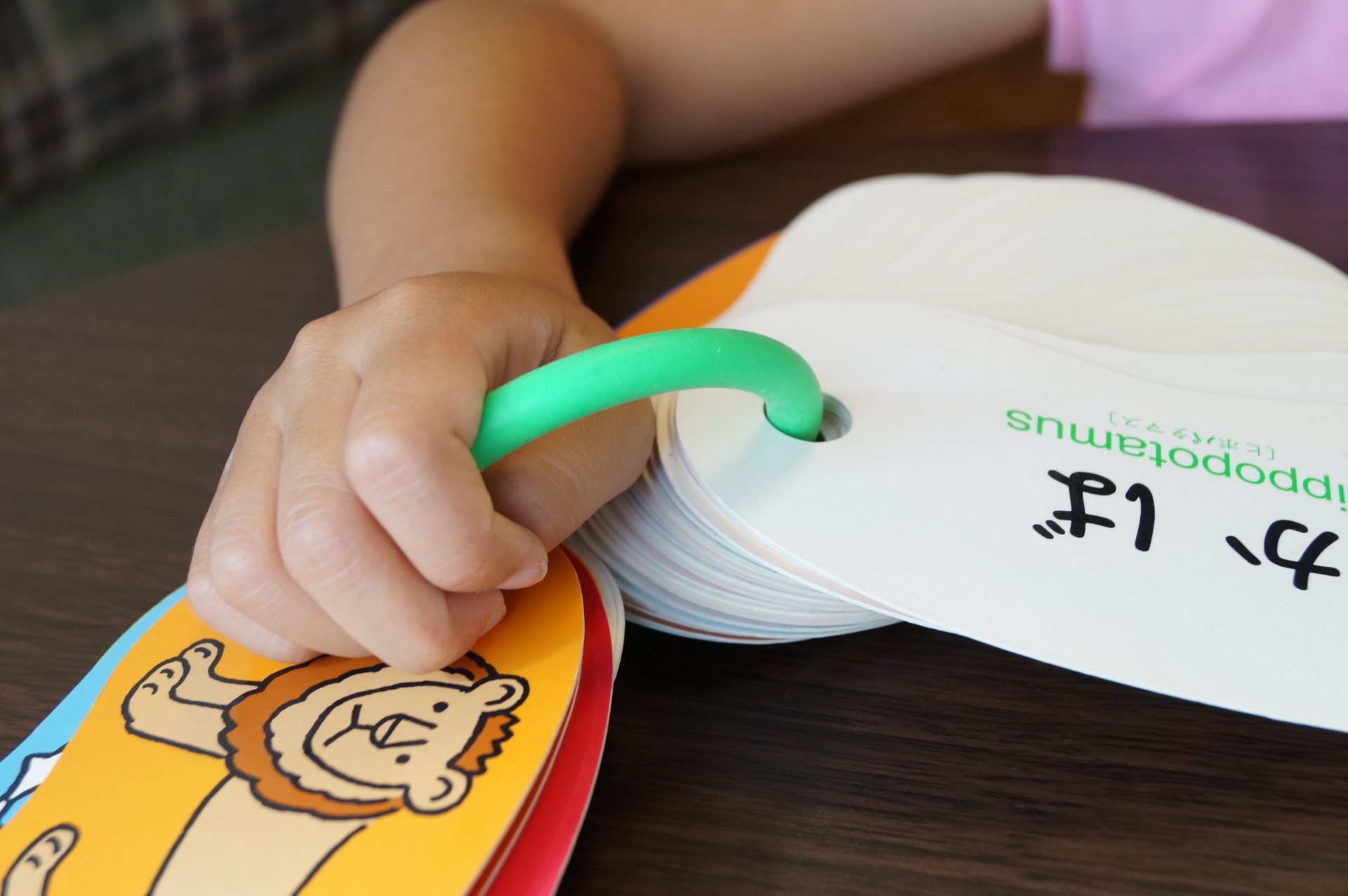
For a long time, the “one parent, one language” approach (OPOL) was considered the best way to ensure bilingualism in children. OPOL – aimed at parents who are speakers of different native languages – decrees that each parent should communicate with their child exclusively in the language they (the parent) are most fluent in. However, studies have shown that this approach is not successful in countries like Japan and the US where one language dominates the culture.
Other approaches involve using one language in the home and another language outside, or allocating specific times of the day for different languages. The latter approach is used in some international schools, but it comes with its own problems. When language use is restricted to specific times, it leads to moments where teachers have to direct children not to speak in the “wrong” language, which may create stigmas in the child’s mind with regards to that language. It can also have a negative effect on the child’s desire to communicate – at an age when they should be encouraged to communicate as much as possible.
A stress-free approach
To ensure children a firm foundation from which they can grow into fluent bilingual speakers, a stress-free environment is vital. Rather than imposing restrictions of time or place on particular languages, children should be exposed to languages in a natural way, while being free to communicate in whichever language they feel comfortable with.
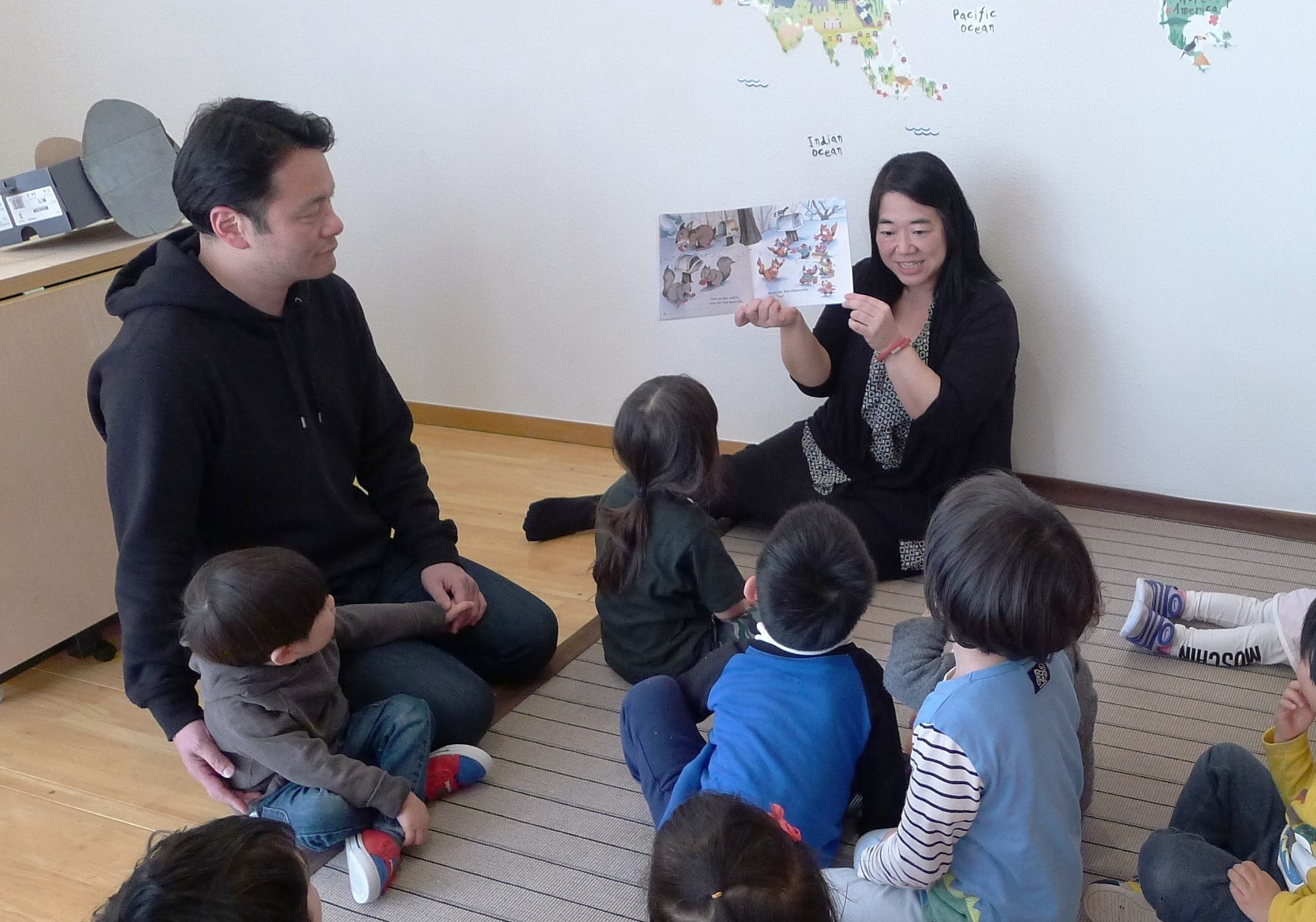
Hisao and Ann during circle time at TCG.
While the school had originally planned to use a one-time-one-language approach, this changed on receiving advice from experts in bilingual education. “Creating strict rules about when to use or not use a particular language can send signals that languages have different values,” explains Hisao. Children at TCG are always free to communicate in any language. All teachers have at least a basic level in English and Japanese, and may choose which language to use depending on the situation, while taking into consideration each child’s background.
It’s an approach that is only possible due to the amount of time teachers are able to spend with individual students. There are five teachers for the mixed-age class, which at full capacity has no more than eighteen students. It is this high teacher-student ratio, and the access to communication from teachers that the students enjoy, that is so vital for linguistic development. Studies show that personal interaction is the best way for children to develop communication skills – hearing language through tv and tablet screens doesn’t cut it in the early years.
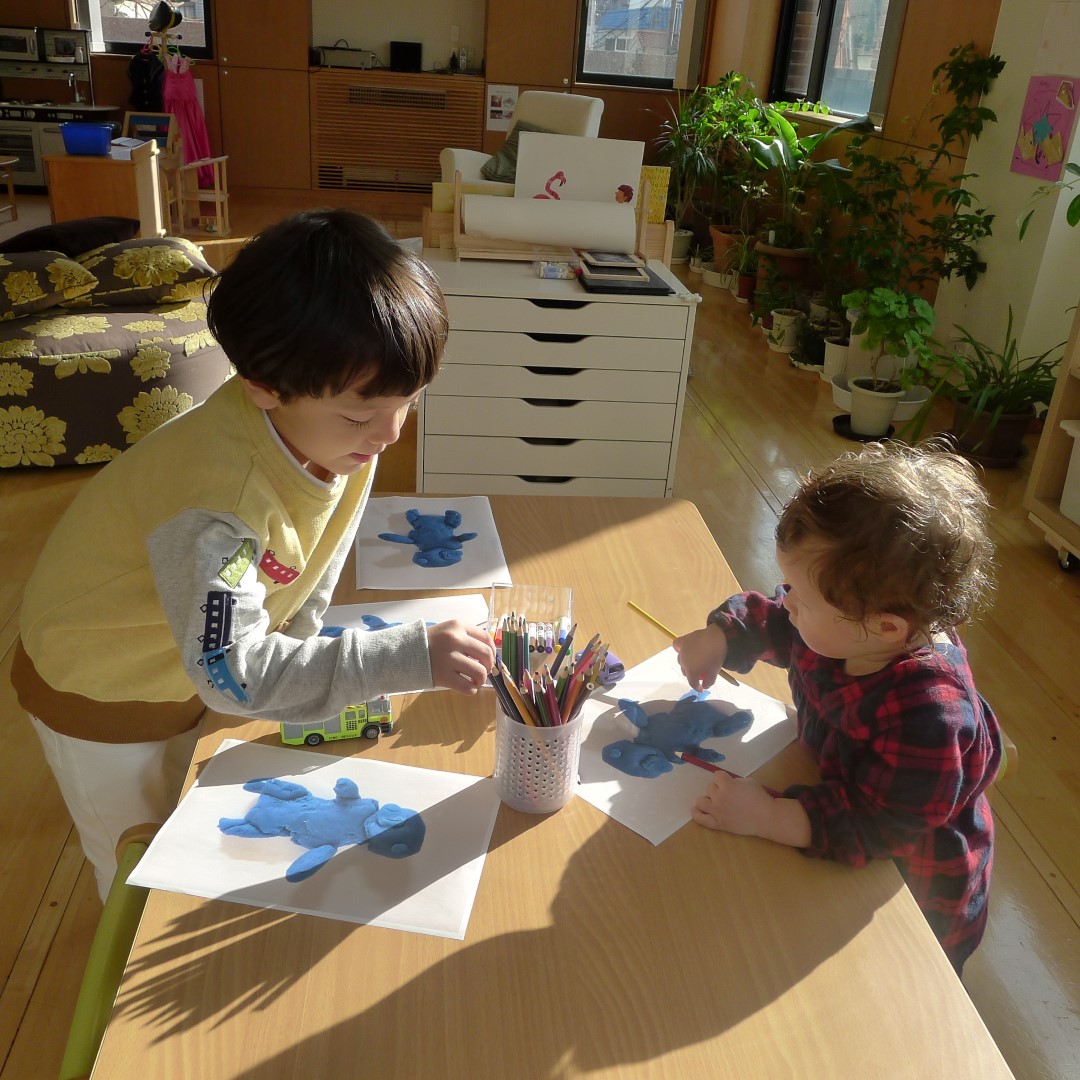
Social play encourages language learning between children themselves.
Beyond the classroom
Ann and Hisao’s commitment to bilingual education extends beyond the regular school schedule. On weekends, TCG hosts workshops for parents and other teachers on matters relating to education and child-rearing, and one recent workshop touched on the subject of promoting bilingualism in the home. So what’s their advice for parents aiming to nurture bilingual ability in their child?
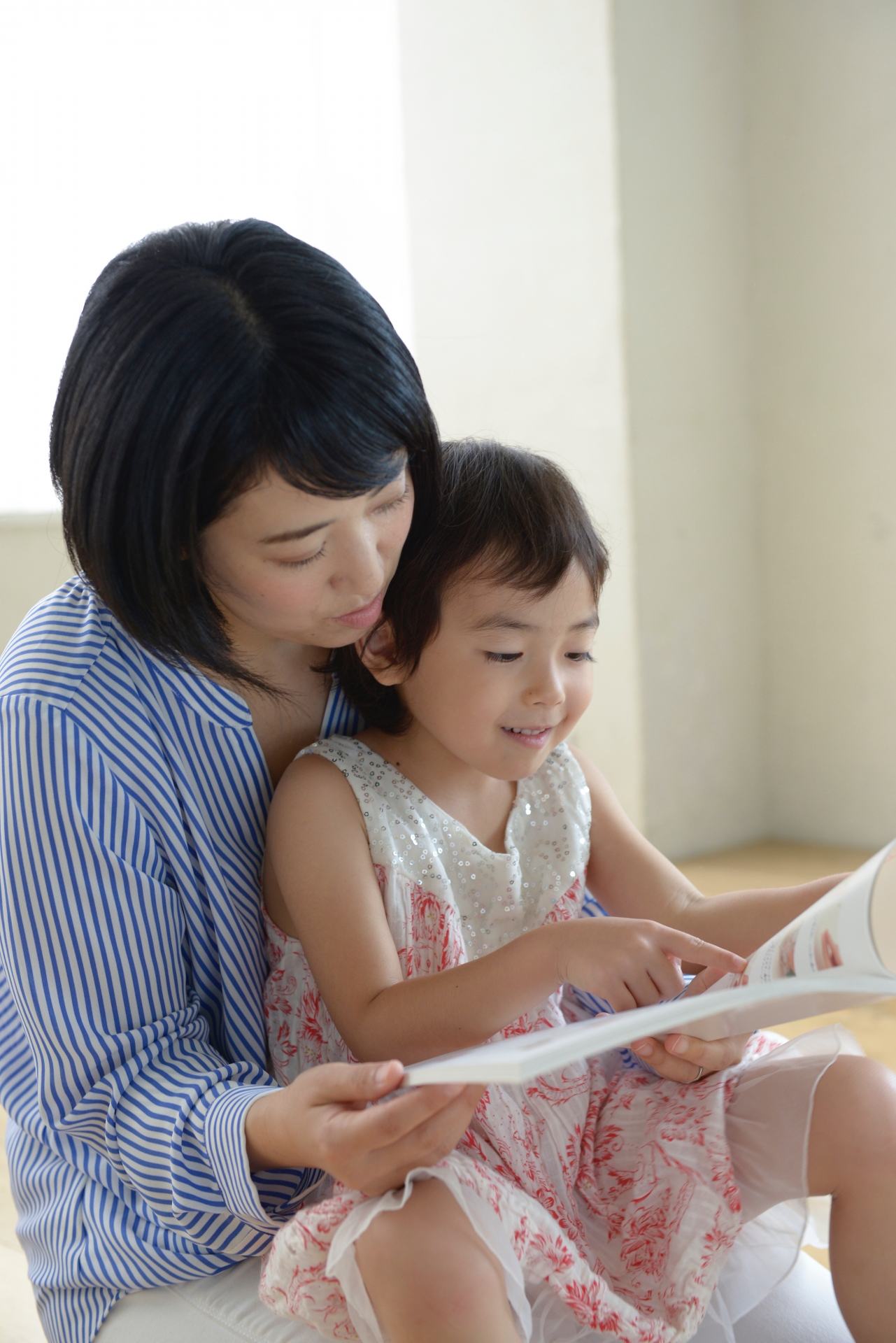
Children should enjoy developing linguistic skills at home as well as in school
But if parents want to be proactive, there is something they can do – it helps if the majority language speaker in the household is also learning and using the minority language. “Children are very perceptive about that,” says Ann, “and if they can see that, ‘Oh, dad’s learning too!’ it makes a real difference.” Having both parents communicating bilingually sends the strongest signal to the child that there is equal value in both languages. And besides, the benefits of bilingualism are so far-ranging, there’s no reason why your children should be the only ones to reap the rewards.
To learn more about bilingual education, and Tokyo Children’s Garden’s bilingual program, visit their website.
